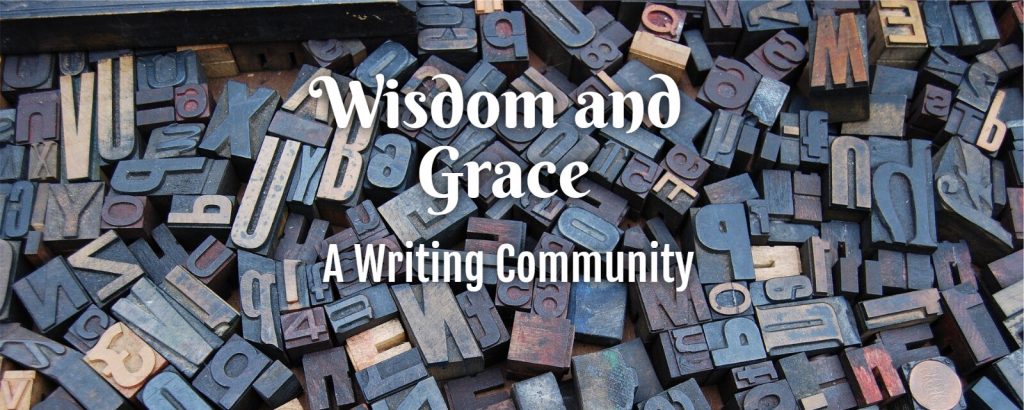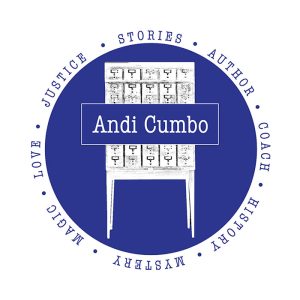I have no great wisdom about how we survive in a pandemic. I’m reading a lot of books and optimizing the marketing around the ones I’ve written. I’m writing a new one where people come together to save the world. Those are the things I know to do, that and keep going. So today’s post, requested by a reader, is my work to keep going and, I hope, help a little.
I talk with a lot of writers about the options for publishing, especially after I’ve edited their work and we begin talking about next steps for their books. So this week, I’m giving you a rough breakdown of what you need in terms of pieces and parts to independently publish your books.*
A Great Book
Before you even begin to publish, you need the most fundamental, make or break piece of your publishing resources – a great book. That book needs to be well-written AND well-edited. You can use beta readers to help you refine the content or hire professional editors to guide you as you perfect the story or information you share. At the very least, I recommend hiring a professional line editor or proofreader to be sure the manuscript as a mistake-free as possible. Do everything you can to make your book as strong as it can be, but also set a deadline and plan to publish. You can tweak a book forever, and there’s a quickly diminishing law of returns on tweaking.
A Great Look
Once the book content is ready, you need to pretty it up. You want that book to look as professional and as appropriate for your genre as possible. To that end, you need two things: a great cover and a great interior layout.
In The Details
You’ll have to make a few decisions about your book, and the best way to decide these things is to look to the standards in your genre or sub-genre. You’ll need to consider:
- Print size if you’re doing print books
- Font for print and ebooks
- Page layout – indented paragraphs or no indented paragraphs
- Glossy or matte cover – Note, most people use matte covers these days. Most but not all.
Do a little research and then make note of your choices. You’ll need them for the cover design and the formatting.
Cover Up
For the cover, you need a design that is both professional and genre-appropriate. Do research. Study the covers of book that sell well in your genre (your sub-genre is even better) and then ponder a design that aligns with those covers. Then, hire a cover designer to make a cover for you. Do not make it yourself unless you have a degree in graphic design AND understand the marketing rules of cover design. Don’t do it.
You can find designers who do covers for a reasonable price (and reasonable is budget determined, but it’s not unreasonable to pay a few hundred dollars for a cover). You can also buy really good pre-made covers, and there are lots of Facebook groups that share those covers well. I use Deranged Doctor Design for my cozy mystery covers, and I love them. They’re professional, appropriate for the genre, and signal the content of the books in a way that cozy mystery readers will recognize.
Bottom line is you need a professional-looking, genre-appropriate cover . . . oh, and it needs to convey title and genre even when its in the tiny thumbnail format on the retailers. A good designer can make sure this happens.
Between The Covers
The other design element of your book is the interior. Believe me when I say you want to get this right, and if you don’t know graphic design, this is another place you’ll need help. You do NOT want to spend hours trying to get the headers on the right page. Ask me how I know.
You have a couple of options here.
- If you’re doing a single book that is pretty straightforward text, you can buy a design template and copy and paste your book into. I’ve used Book Design Templates before and like their stuff. This is probably your most cost-effective method if you don’t publish a lot of books, but it does still take considerable time.
- If you’re publishing a lot of books with pretty straight-forward text or limited images and you work on a Mac, Vellum is a great piece of software that is worth every bit of the $250. It will generate ebook formats for all the major retailers as well as for a print book. I don’t know an equivalent for PC users, however, and that’s disappointing for all of us.
- The third option is to hire a formatter, and I recommend this if you’re not publishing frequently or if your book has complicated formatting, including lots of images. I love the work that James and his team at FreeAgentPress do. (Note, they’ll also do a cover design for you.)
You need to have your book meet industry standards here so that the readers will not be distracted by odd layouts but also so that the online retailers don’t balk at the look of your book.
Getting It Out There
Once you have written an incredible book and designed the look of it to be beautiful and genre-fitting, you have to think about getting the book into the world. In essence, you need to consider three things:
- Where are you selling it? Online only? At in person events? In brick and mortar bookstores?
- What is your budget for distribution?
- How are you going to market your book?
That first question is really crucial because if you are going to sell online only, then you have a couple more options. But if you want print books for events or brick and mortar stores, then you need to make a couple of key choices.
The second question determines how much you can pour into your answers for the first one. If you have the means, I recommend buying ISBNS because those “clean” numbers (as opposed to the Amazon or distributor-specific numbers) will give you more access to more markets . . . and they can be used on Amazon and the other distributors, too. Plus, you need a different ISBN for each format of the book (ebook, audio, paperback, large print, etc.). But that can be pricey, so you can just use the ISBNs that Amazon and others will give you. Just keep in mind that some distributors and some bookstores don’t like to carry ISBNs associated with a particular competitor, namely Amazon.
The third question determines some things about how you distribute, too. Are you writing a middle grade novel and really want to get it into libraries? Then you need to research which distributors reach the library market. Are you writing a romance novel that will mostly be read as an ebook? Maybe then you can look at focusing on Amazon and enroll it in the exclusive Kindle Unlimited program.
How you distribute your books is a major decision. Here’s what I do.
- I buy ISBNs, and then I can use the same one for each format everywhere I distribute the book.
- I distribute only to Amazon through Amazon, and I use IngramSpark for further paperback distribution and Draft2Digital for ebook distribution to the other retailers.
- I buy print copies of my books – usually through whoever is cheaper, Amazon or IngramSpark – and handsell them at events where I speak.
- When I visit a local bookshop, I give them a one-sheet asking if they will consider carrying my books.
- I make sure my books are available for bookstores and libraries to buy across the country.
My process is what is called “wide” – very wide, in fact. It’s also the priciest way to go, but it fits my vision of how I want books to reach people and, I hope, in the long run it will also pay off financially. (You know, when Oprah discovers me. 🙂 )
Once you have your great text, your great cover, your great interior, and your distribution plan, you’re ready to go. Then, really, it’s a process of loading the files to the distributors you’ve chosen and waiting for the books to go on sale. Oh, and then, right, there’s marketing, but that’s a whole other thing.
What do you think? Is self-publishing for you? Why or why not? What questions can I answer?
*I’m not going to go into the pros and cons for the various publishing methods. I think there are great reasons to choose any of the three major options – traditional, hybrid, self. It’s really about your timeline, your budget, and your preference for level of control.

Because of my recent decision to rein in my social media use in a major way, I moved the writing community I coordinate over to a new, focused space that is all our own. There, we share weekly goals for our writing lives, we ask questions about resources or quandaries, we encourage one another, and we commiserate together when the writing life is hard. Plus, each Monday, I write a note just for the members of that community and inspired by our conversations there.
If you’d like to join us, we’d love to have you. Membership is $2.99 a month, but if that’s a financial hardship for you, please let me know. I have one scholarship available from a generous member.
You can get all the details about the community and join us here.
We’d love to see you there.

